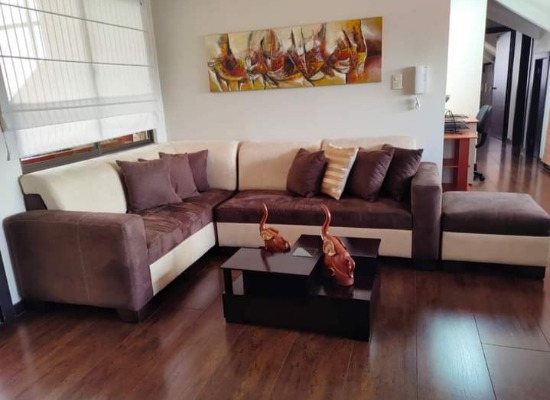Cuenca officials push referendum to guarantee drug gang leaders are kept out of Turi prison
When the federal prison opened at Turi in 2014, almost all of its inmates came from Azuay, Cañar and Morona Santiago Provinces in southern Ecuador. “The plan, developed during the [Rafael] Correa government, was that it would be regional facility for convicts from the cantons near Cuenca,” says Cuenca municipal councilman Cristian Zamora. “Unfortunately, over the years that plan has been ignored and prisoners from outside, many of them very violent, have been brought in and we have suffered the consequences.”

Families of prisoners gathered outside Turi prison gates following a 2021 riot, awaiting the names of the dead and injured.
Zamora and other local officials want the regional plan restored and last week announced they would seek a public referendum on the issue. “The violence at Turi over the last two years is the result of inmates from outside the area, mostly from the coast, who have connections with the illegal drug trade,” Zamora says. “We want to make it official that these people cannot be housed at Turi. We want to go back to the plan announced when the prison was built.”
Almost 60 Turi prisoners have died in riots in 2021 and 2022, says Cuenca Mayor Pedro Palacio. “Almost all of the deaths were related to gang violence coordinated from Guayaquil,” he says. “The violence was ordered by gang leaders who had been brought here from the ports where drugs are shipped.” He agrees with Zamora that reestablishing the regional plan for Turi is essential and that it requires legal backing, such as a referendum.
Unless changes are made, Palacios worries that crime rates will increase in Cuenca due to the presence of imprisoned gang leaders. “We are one of the safest cities in South America and we want to keep it that way. We see what is happening in Guayaquil and Manta and we want to avoid it.”
According to Palacios, less than half of Turi’s 1,700 inmates are from Azuay, Cañar and Morona Santiago provinces. According to Ministry of the Interior data, the prison currently houses 175 inmates from Guayas Province, 127 from El Oro, 130 from Pichincha and 147 from out of the country, primarily from Colombia and Venezuela. “Many of these people have associations with the criminal gangs, including the Mexican cartels, and we want to get them out of here,” the mayor says.
Palacios and Zamora were pleased when the government relocated several suspected gang leaders from Turi to a facility in Guayaquil in April but say there is no guarantee they or other gang leaders won’t be housed at Turi in the future. “This is why we need the referendum,” says Zamora. “We need a guarantee.”
President Guillermo Lasso has pledged to restore the regional concept to Turi but says the process will take time. “The Turi prison in Cuenca was regional at first and they [the Correa and Moreno administrations] made it national, risking the peace in Cuenca and the entire prison system,” Lasso said in a visit to Cuenca following his election in 2021. “Government inaction is unacceptable.”
Inteior Minister Patricio Carrillo says the transfer of gang leaders to Guayaquil was the first step in keeping the government’s commitment to Cuenca. “We have made a start on the project and this will continue in the months ahead.”
Zamora, however, plans to push ahead with the referendum campaign. “It will be difficult since it must be approved by the Constitutional Court and then by the voters but I think our future security depends on it.”





















